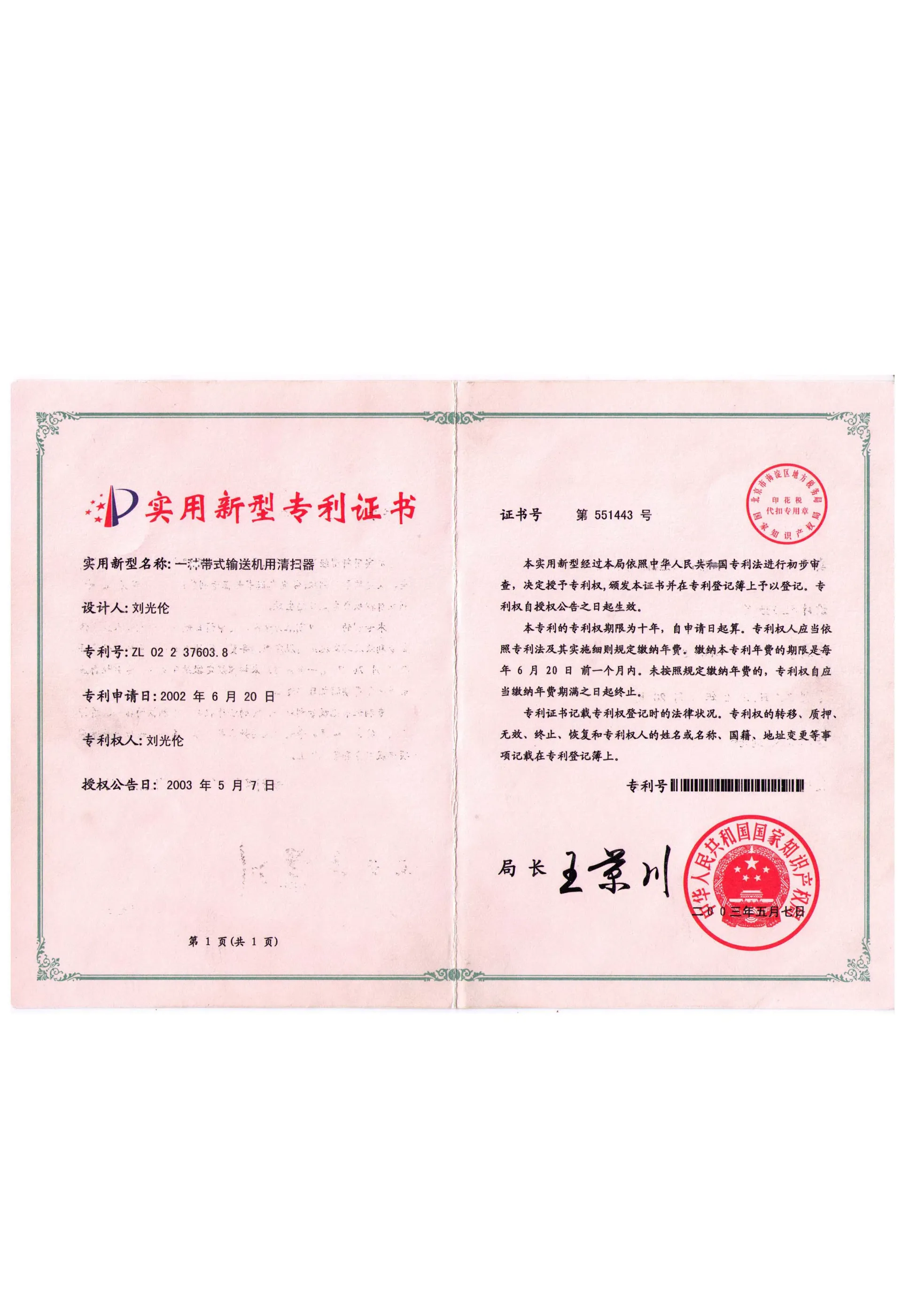 Afrikaans
Afrikaans  Albanian
Albanian  Amharic
Amharic  Arabic
Arabic  Armenian
Armenian  Azerbaijani
Azerbaijani  Basque
Basque  Belarusian
Belarusian  Bengali
Bengali  Bosnian
Bosnian  Bulgarian
Bulgarian  Catalan
Catalan  Cebuano
Cebuano  Corsican
Corsican  Croatian
Croatian  Czech
Czech  Danish
Danish  Dutch
Dutch  English
English  Esperanto
Esperanto  Estonian
Estonian  Finnish
Finnish  French
French  Frisian
Frisian  Galician
Galician  Georgian
Georgian  German
German  Greek
Greek  Gujarati
Gujarati  Haitian Creole
Haitian Creole  hausa
hausa  hawaiian
hawaiian  Hebrew
Hebrew  Hindi
Hindi  Miao
Miao  Hungarian
Hungarian  Icelandic
Icelandic  igbo
igbo  Indonesian
Indonesian  irish
irish  Italian
Italian  Japanese
Japanese  Javanese
Javanese  Kannada
Kannada  kazakh
kazakh  Khmer
Khmer  Rwandese
Rwandese  Korean
Korean  Kurdish
Kurdish  Kyrgyz
Kyrgyz  Lao
Lao  Latin
Latin  Latvian
Latvian  Lithuanian
Lithuanian  Luxembourgish
Luxembourgish  Macedonian
Macedonian  Malgashi
Malgashi  Malay
Malay  Malayalam
Malayalam  Maltese
Maltese  Maori
Maori  Marathi
Marathi  Mongolian
Mongolian  Myanmar
Myanmar  Nepali
Nepali  Norwegian
Norwegian  Norwegian
Norwegian  Occitan
Occitan  Pashto
Pashto  Persian
Persian  Polish
Polish  Portuguese
Portuguese  Punjabi
Punjabi  Romanian
Romanian  Russian
Russian  Samoan
Samoan  Scottish Gaelic
Scottish Gaelic  Serbian
Serbian  Sesotho
Sesotho  Shona
Shona  Sindhi
Sindhi  Sinhala
Sinhala  Slovak
Slovak  Slovenian
Slovenian  Somali
Somali  Spanish
Spanish  Sundanese
Sundanese  Swahili
Swahili  Swedish
Swedish  Tagalog
Tagalog  Tajik
Tajik  Tamil
Tamil  Tatar
Tatar  Telugu
Telugu  Thai
Thai  Turkish
Turkish  Turkmen
Turkmen  Ukrainian
Ukrainian  Urdu
Urdu  Uighur
Uighur  Uzbek
Uzbek  Vietnamese
Vietnamese  Welsh
Welsh  Bantu
Bantu  Yiddish
Yiddish  Yoruba
Yoruba  Zulu
Zulu Effective Solutions for Maintaining Belt Conveyor Cleanliness and Efficiency
Understanding Belt Conveyor Cleaners Essential for Efficiency and Maintenance
Belt conveyors have become an integral part of various industries, including mining, agriculture, manufacturing, and logistics. These systems are designed to transport materials efficiently over considerable distances, which significantly enhances productivity. However, maintaining the efficiency of these conveyor systems requires attention to one crucial component belt conveyor cleaners.
What are Belt Conveyor Cleaners?
Belt conveyor cleaners, also known as belt cleaning systems, are devices installed on belt conveyors to prevent the accumulation of material on the conveyor belt. They work to ensure that the belt operates smoothly and that transported material does not fall off the sides, which can result in spillage and increased maintenance costs. These cleaners are vital for efficient operations as they contribute to the longevity of the conveyor system and minimize the possibility of malfunctions.
How Do They Work?
Belt conveyor cleaners typically consist of a blade or scraper that makes contact with the belt's surface. As the conveyor belt moves, the cleaner removes any residual material sticking to the belt after the main product has been discharged. The effectiveness of a conveyor cleaner depends on several factors, including blade design, the material properties being handled, and the speed of the conveyor belt.
Most modern cleaning systems come equipped with adjustable components, allowing operators to tailor the pressure and angle of the cleaning blade according to the specific requirements of their application. This adaptability is crucial for handling various types of materials, which can vary in shape, size, and stickiness.
Importance of Conveyor Cleaners
belt conveyor cleaner

1. Preventing Material Loss Conveyor spillage can lead to significant losses in operational materials. By effectively cleaning the belt, these systems ensure that the transported materials stay on the conveyor, ultimately reducing waste and saving money.
2. Reducing Maintenance Costs A dirty conveyor belt can lead to increased wear and tear on the system. Contaminated belts can also lead to damage to the belt itself and other components of the conveyor system. Regular cleaning reduces these risks, extending the lifespan of equipment and lowering repair costs.
3. Improving Safety Material spillage can create hazardous conditions within the workplace. Accumulated materials can lead to slips, trips, and falls, posing a serious safety risk to workers. By keeping the area around the conveyor clear, cleaner systems enhance workplace safety.
4. Enhancing Efficiency A clean conveyor belt operates more efficiently without interruptions caused by material buildup. This efficiency translates to smoother production processes and less downtime, ultimately contributing to higher productivity levels.
Conclusion
Belt conveyor cleaners are essential components of material handling systems, ensuring that conveyor belts operate effectively while maintaining safety and minimizing waste. Investing in a suitable cleaning system tailored to specific operational needs can lead to significant long-term benefits. As industries continue to evolve, the importance of maintaining clean, efficient, and safe conveyor systems will only grow, making belt conveyor cleaners indispensable in modern industrial applications.
In summary, understanding and integrating effective belt conveyor cleaners not only enhance operational efficiency but also contribute to a safer workplace and reduced maintenance costs, proving that cleanliness and efficiency go hand in hand in the world of material transportation.
-
Revolutionizing Conveyor Reliability with Advanced Rubber Lagging PulleysNewsJul.22,2025
-
Powering Precision and Durability with Expert Manufacturers of Conveyor ComponentsNewsJul.22,2025
-
Optimizing Conveyor Systems with Advanced Conveyor AccessoriesNewsJul.22,2025
-
Maximize Conveyor Efficiency with Quality Conveyor Idler PulleysNewsJul.22,2025
-
Future-Proof Your Conveyor System with High-Performance Polyurethane RollerNewsJul.22,2025
-
Driving Efficiency Forward with Quality Idlers and RollersNewsJul.22,2025





























